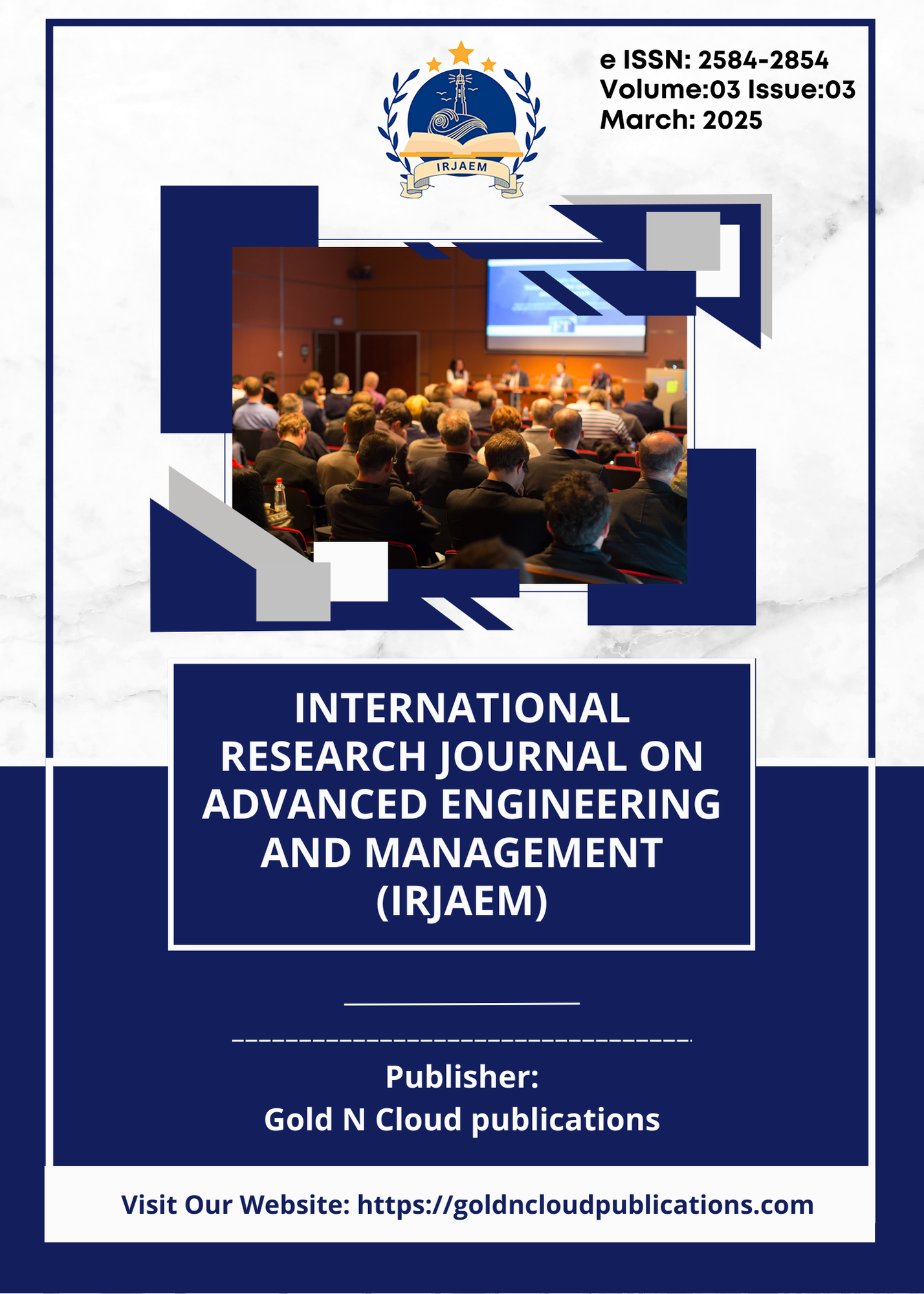Early Detection of Endometriosis: Integrating Medical Imaging and Machine Learning Algorithms for Non-Invasive Diagnosis
DOI:
https://doi.org/10.47392/IRJAEM.2025.0095Keywords:
Support Vector Machine, Random Forest, Machine learning, EndometriosisAbstract
Endometriosis appears when tissue which should exist inside the body matches the uterus lining through it spreads outside the uterus. The out-of-place tissue inside the body performs as a lining similar to the uterus by getting thicker and bleeding during the menstrual cycle. Under normal circumstances this blood would exit through the uterus but external tissue prevents it from escaping which produces various complications. Women typically experience endometriosis through its development throughout ovaries along with fallopian tubes and pelvic lining. The spread of this condition is an extremely rare occurrence that moves beyond the pelvic area. Post-menstrual bleeding outside the uterus results in endometrioses or ovarian cysts as well as tissue irritation while screening tissue develops along with adhesive fibrous bands that fuse organs together. Women dealing with Endometriosis face reduced pregnancy prospects at below 2%. Endometriosis impacts ten percentage of all worldwide female population. Infertility occurs in 24% to 50% of women having endometriosis. Medical Imaging alongside Pelvic Exams and Blood Tests and Laparoscopy help in the diagnosis of this condition. Medical professionals struggle to detect endometriosis since diagnostic symptoms and standard procedures show distinct patterns between patients. Health records from patients and medical documentation and symptom-level measurements together with image-based feedback enable our models to operate support vector machines and random forests and deep learning neural networks. Model accuracy testing was performed in addition to specific and sensitive tests that compared against standard diagnostic procedures like laparoscopy. Evaluation results prove machine learning models improve medical diagnosis efficiency through their ability to accelerate endometriosis disease treatment while minimizing procedural invasiveness. New diagnostic systems for gynecological healthcare practice require development following performance-enhancement assessments of critical features.
Downloads
Downloads
Published
Issue
Section
License
Copyright (c) 2025 International Research Journal on Advanced Engineering and Management (IRJAEM)

This work is licensed under a Creative Commons Attribution-NonCommercial 4.0 International License.


 .
. 